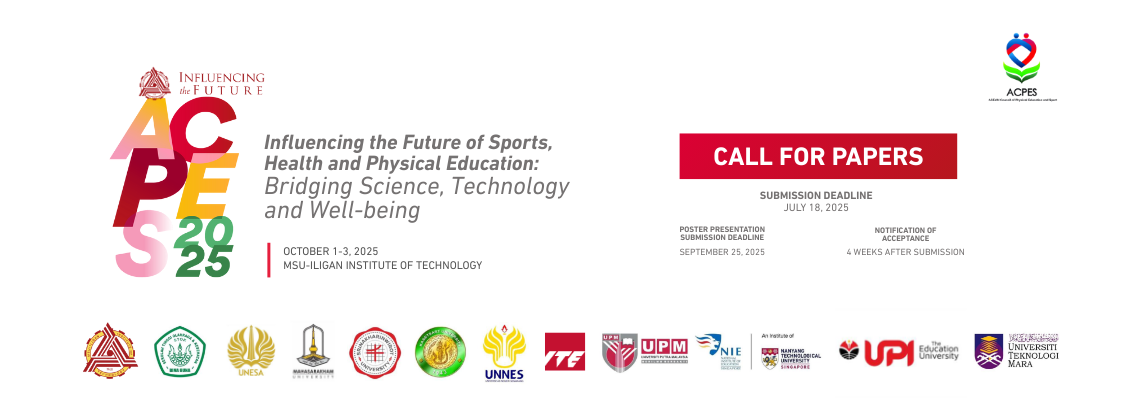Speaker
Description
Abstract
Ballroom dancing in the context of Davao City, Philippines has a particular history. This case study uses a cultural approach to investigate the role of society in ballroom dancing through semi-structured interviews, archival documents, and observations. It aims to understand how ballroom dancing has been transformed into a dynamic community practice. Guided by Cultural Diffusion and Historical Theories, this research gathered data from 14 purposively sampled stakeholders employed semi-structured interviews, participant observation, and analysis of relevant documents. The analysis utilized Colaizzi’s method for thematic analysis, which yielded three central themes: first, socio-cultural incorporation on the adaptation of Filipino music, local traditions, and progressive gender norms; second, its formal institutionalization fostered by the Department of Education and local government units, which promoted ballroom as a creative art and a physical education discipline; and third, cultural caregiving wherein ballroom dancing served as a medium for healing, memory, and community. This research illustrates how Davao ballroom culture recontextualizes and transforms global dance traditions, expressive of creative defiance and cultural affirmation within local frameworks. This research expands Southeast Asian dance studies by framing ballroom as more than simply a performed activity; it serves as an embedded testament to culture, social empowerment, and heritage. The results highlight the need for cumulative policy steers, sustained institutional investment, and contextually motivated teaching frameworks necessary to cultivate and safeguard ballroom dancing as an evolved and accessible form of cultural expression in Davao City.
Keywords: Ballroom dancing, Cultural heritage, Qualitative case study, Community identity, Cultural diffusion, Davao City

